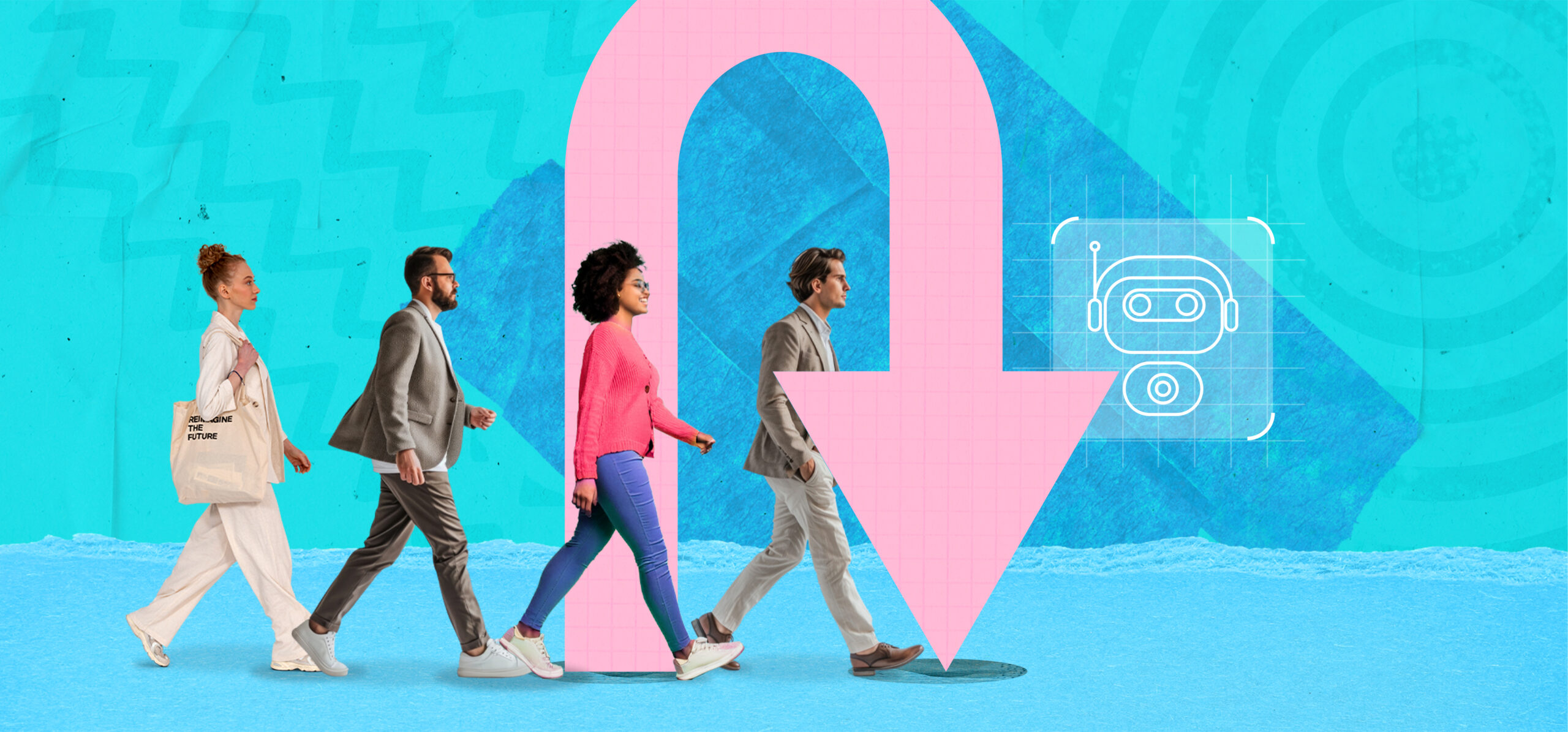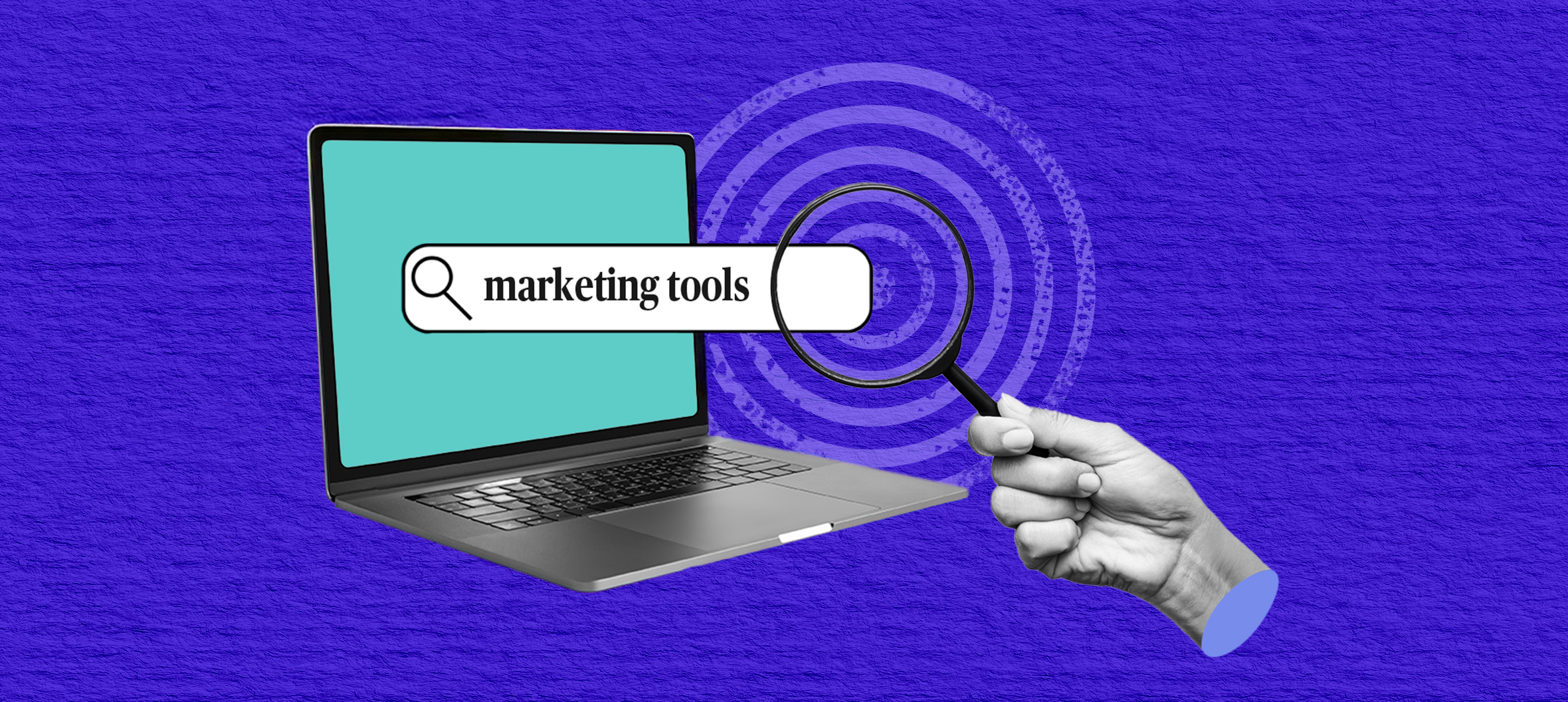American businessman and author Harvey Mackay once opined: “You only get one chance to make a good first impression, and yours may be in the hands of the receptionist.”
While the 90-year-old offering sage advice in the context of the pre-pandemic business world, his words remain relevant today as automation and artificial intelligence become increasingly ubiquitous. More than ever, first impressions count, online and offline.
But what of the receptionists themselves? How have they evolved to stay relevant in the digital age and to make an excellent first impression? Not long ago, a receptionist’s primary responsibilities were to answer telephone calls, greet visitors and provide information about the company. But with the advent of digitalised phone systems and the internet, many of these tasks have become automated or outsourced to virtual assistants.
The coronavirus fallout forced businesses of all sizes to rethink how they receive and welcome employees, clients, consumers and other stakeholders. Ironically, the acceleration of digital technologies has led to a collective yearning for people – from leaders to receptionists – to be, well, more human.
As such, for businesses that don’t embrace a fully-remote working model, the receptionist has metaphorically grown in stature and is typically less robotic. “The expectations that employees and visitors have of the front of house guest services have changed significantly [in the last three years],” says Bianca Angelico, London-based director and chief DayMaker of specialist guest services provider On Verve. “First impressions count, which is why the receptionist and front-of-house teams have been thrown into the limelight.”
Disappearing reception desk
Angelico argues that receptionists must be more helpful and memorable for colleagues and customers than before. “After getting used to the comforts of working from home, people need to be encouraged to return to the workplace,” she continues. “The days of the tired and grumpy receptionist chained to the front desk are over. Having a friendly and happy welcome for your team as they start their workday will help create a positive environment at the office.”
Even in a traditionally stuffy corporate setting, how receptionists operate is transforming, adds Angelico, due to a combination of social mores and work policies. “We may be heading towards a future where the corporate reception desk disappears entirely.”
Rebecca Siciliano, Managing Director of Tiger Recruitment, a consultancy specialising in business support roles and headquartered in London, also acknowledges this trend. “To reflect their evolving role, where receptionists sit in the office has also changed,” she says. “In the past, they would have manned the reception desk, often on their own. Now, in some companies, particularly SMEs, receptionists sit in the main office as part of the team.”
Moneypenny Group CEO, Joanna Swash believes the changes to the reception could go even further in the future: “As we envision the future reception, we are likely to see a fusion of cutting-edge technology and the irreplaceable warmth of human interaction. It will be a welcoming and adaptive environment that not only captivates visitors with its innovative design, but also caters to their unique needs through personalized experiences, creating lasting impressions that redefine the essence of a reception area.”
The lesser-spotted hybrid receptionist
That said, there is still a demand for people who perform typical receptionist duties, and more. “In some businesses, particularly smaller firms with fewer visitors and meetings, the role has become more hybrid, with receptionists taking on additional personal assistant and office management duties,” adds Siciliano.
New responsibilities for “hybrid” receptionists might involve managing communication channels, scheduling appointments, including work social events, and ensuring that everyone has the necessary information and resources to do their job. Perhaps, then, the word receptionist also needs an upgrade.
Freya Cross, Head of Business and Corporate at The Deep Business Centre, and Chair of the Flexible Space Association, agrees that the role of the receptionist has changed over the last couple of decades, especially since March 2020. “There has been a decline in the number of phone calls and in-person meetings with clients and visitors,” she says. “Instead, there has been a rise in email inquiries and online room bookings.
“The use of standard post has also reduced, while deliveries remain unchanged. General secretarial duties, such as photocopying and other services, have decreased, and there has been a greater focus on personal services for individual clients and staff, such as Amazon and food deliveries.”
Cross points out that receptionists are now expected to have “excellent tech skills” and work with new technology, such as programming key fobs. “Furthermore, the role is moving towards digitisation, and receptionists are increasingly expected to have a thorough understanding of digital technology,” she concludes. “The role is ever evolving, and the best receptionists can adapt accordingly.”



















